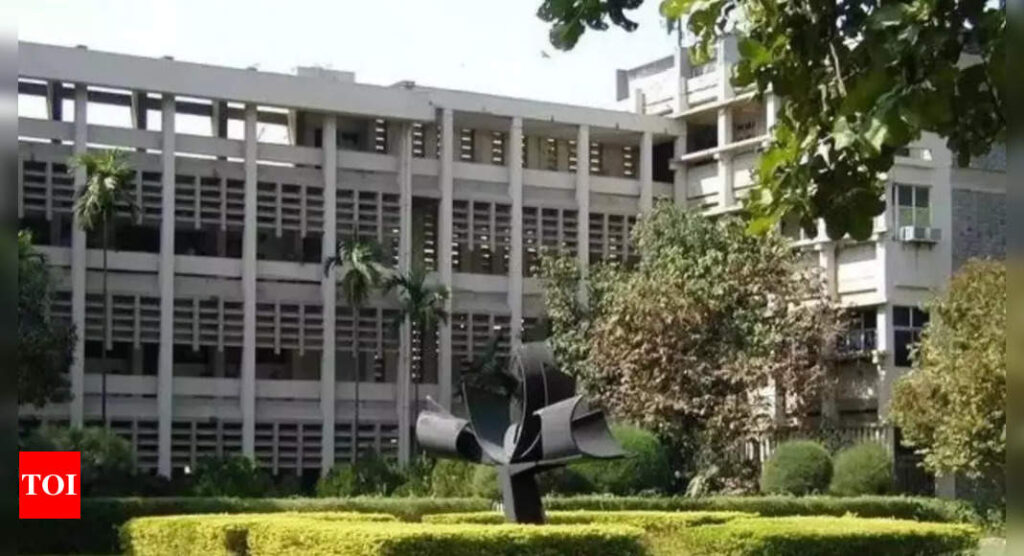[ad_1]
IIT-Bombay and IIT-Delhi are among the top 50, while there are five other Indian institutions in top 100.A total of 856 institutions from 25 countries have been listed in the rankings released on Wednesday.IIT- Bombay leads nationally in both QS’s academic and employer reputation indicators, drawing on the expert opinion of over 1.4 lakh academics and employers. It ranks within the top 20 Asian institutions for employer reputation.
Some of the highlights for Indian universities based on key indicators are outstanding level of research output by volume; overall stability with around 50% of the ranked universities being either stable or having improved; highly trained faculty; and significant improvement for specific institutions even while they lag behind peers in internationalisation indicators.

Year-on-year performance revealed 21 for Indian universities improving, 15 remaining unchanged and 37 new entries. In fact, India takes the lion’s share of the new entries, while Mainland China saw only seven new additions to its list of ranked institutions.
“The increasing visibility of Indian universities in the QS rankings reflects the dynamic expansion of India’s higher education landscape,” said Ben Sowter, senior vice president at QS, adding, “While the significant growth in the number of Indian institutions and their research contributions marks a noteworthy development in the region’s educational profile, it also illuminates the path ahead for India to further elevate its standing in the global academic community.”

While India falls below the regional average in academic reputation (11.8 points as against regional average of 19) and employer reputation (9.6 as against 18), it achieves the second-best regional results in papers per faculty (36 against 14.8) among the higher education systems. India also achieves its best average score for faculty with PhD indicator (42.3 as against 22), indicating strong research output and a highly qualified faculty. In QS’ staff with PhD indicator, nine of the top 10 universities are Indian, with Indian Institute of Science in Bengaluru bagging the top spot in Asia.
India produces an exceptional amount of research and boasts of seven of Asia’s 10 best universities in terms of papers per faculty, with Anna University achieving regional pre-eminence in research productivity, securing the first spot in this indicator
“Our citation per paper has come down by a factor of 2 and that is something we are going to check on. Otherwise, it is heartening to know that we are on the top and things seem to be going fine,” said Subhasis Chaudhuri, director, IIT-Bombay.
Mahesh Verma, vice-chancellor, Guru Gobind Singh Indraprastha University (Delhi) which had overall rank of 77 in and 28 among Indian institutions in terms of academic reputation, expressed his optimism that it will continue to improve in the next ranking cycle.
Another highlight is North Eastern Hill University, Shillong has also distinguished itself, ranking second regionally for its faculty/student ratio, indicating a commitment to providing students with accessible, high-quality teaching and learning environments.
[ad_2]
Source link










More Stories
Congress replaces Kamal Nath, names an OBC as Madhya Pradesh chief | India News
Fire breaks out in ITBP camp in Srinagar; none hurt | India News
Parliament Security: Co-villagers give clean chit to Lalit Jha, parents to move court | India News